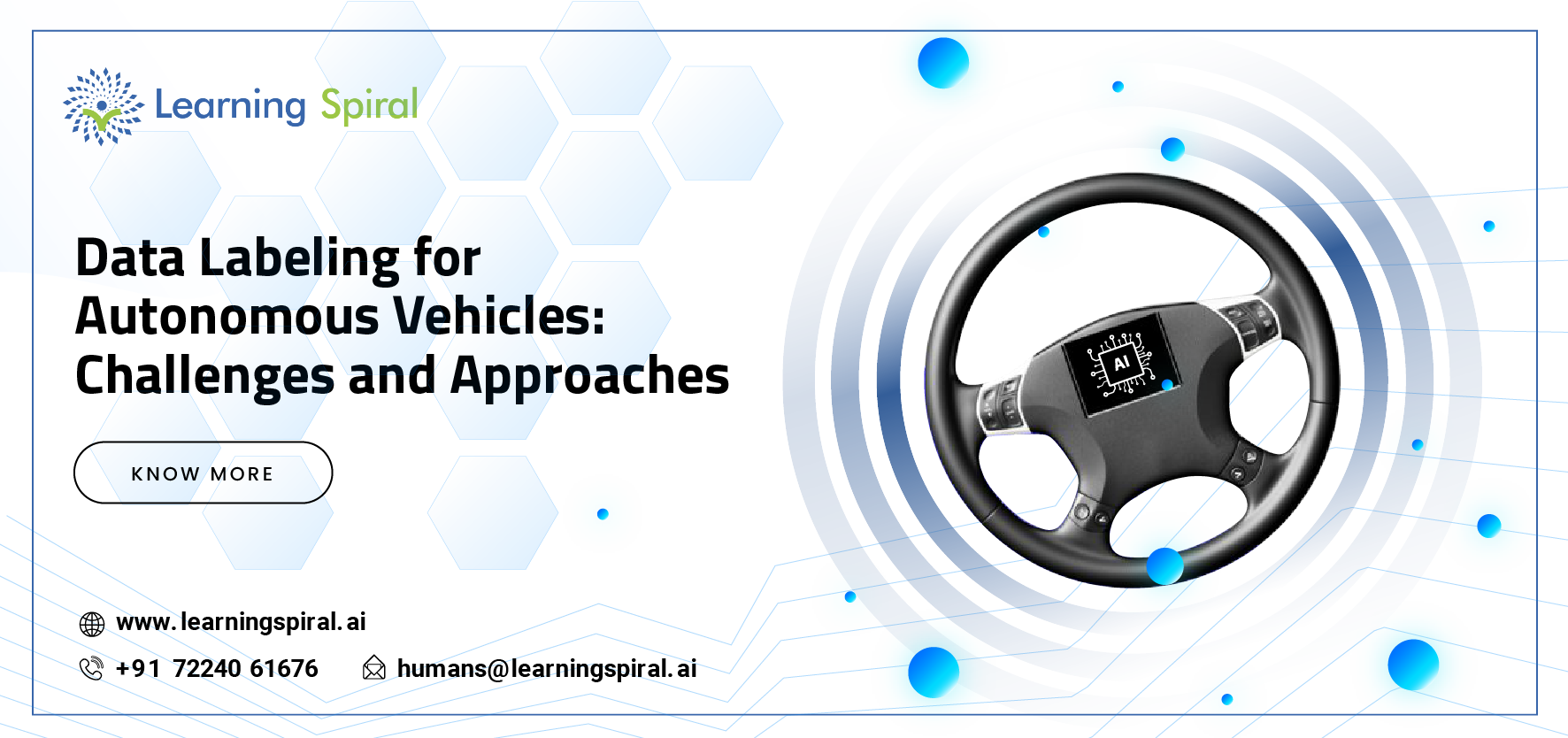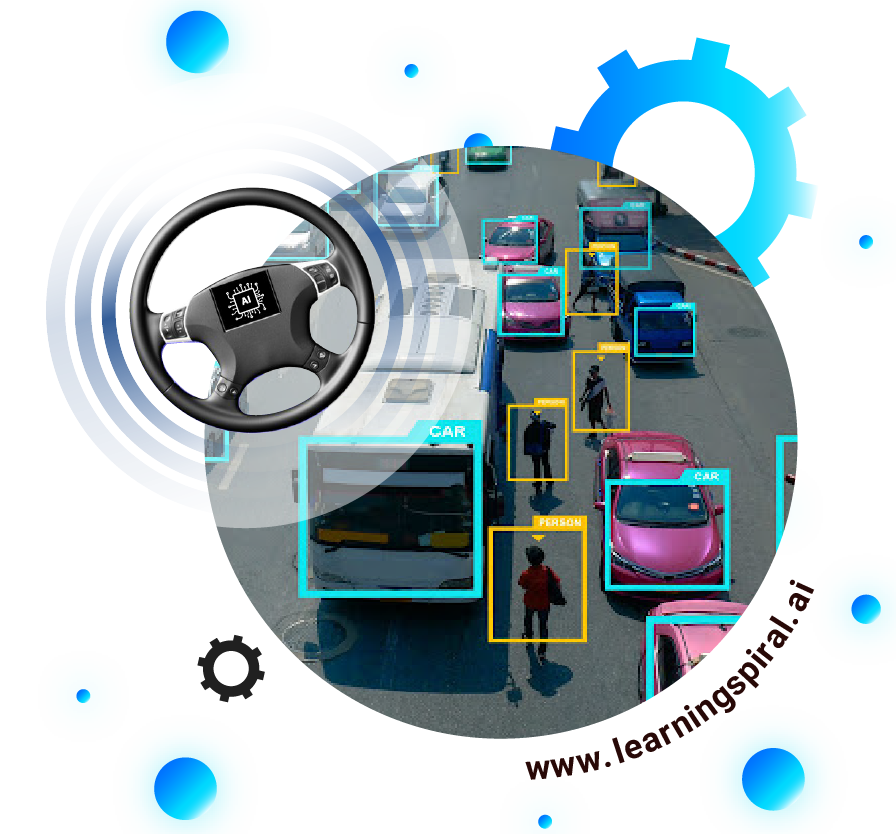
With the guidance of vehicle-in-vehicle sensors and machine learning technology, autonomous vehicles can be driven without human presence. Autonomous vehicles are becoming increasingly in demand because of their many benefits for human use. But the one complication humans face now is that these vehicles rely on large amounts of data to train their machine learning algorithms. This data must be labeled, which is a time-consuming and challenging process.

Challenges for Autonomous Vehicles
There are a number of challenges associated with data labeling for autonomous vehicles. Let’s cover a few one by one:
- Data Distribution: The data for autonomous vehicles need to be collected from a variety of sources, including sensors, cameras, and LiDAR. This distribution of data can be messy and often incomplete, which makes it difficult to label accurately.
- Data Accuracy: Because the algorithms that train autonomous vehicles are constantly being updated, so the data must be labeled to match the latest version of the algorithm. Plus, the data should be labeled accurately. Even a small error in labeling can lead to either a mistake or an accident. This is a critical issue, as autonomous vehicles are expected to operate safely and without human intervention.
- Data privacy: The data used to train autonomous vehicles is often sensitive, so it is important to take steps to protect privacy. This includes anonymizing the data and storing and transferring it securely.
Approaches for Autonomous Vehicles
Despite the challenges, data labeling for autonomous vehicles is an important and necessary task. By overcoming these challenges, we can help to bring autonomous vehicles to market and make transportation safer and more efficient. There are a number of approaches to going ahead with data labeling for autonomous vehicles.
- Manual labeling is an approach one can try. This involves a team of annotators who manually label the data. This approach is time-consuming and expensive, but it is the most accurate because of the vigilant involvement of the human mind.
- Another approach is to use Semi-Automatic labeling. This involves using a combination of manual and automated labeling. Automated labeling tools can quickly label large amounts of data but are not as accurate as manual labeling. Manual labeling is used to verify the accuracy of automated labeling.
- The final approach is to use fully automatic labeling. This involves using machine learning algorithms to label the data automatically. This approach is the most efficient, but manual and semi-automatic labeling are more accurate.
Albeit complicated to handle, autonomous vehicles have the capacity to bring a revolution in the human world. With time, better tools and data labeling techniques will come to fruition, bringing a generous flow of autonomous vehicles. If you are looking for the best data labeling company for autonomous vehicles, then Learning Spiral AI is a great option. This data annotation & labeling services firm caters to a wide range of sectors that require labeling services.

